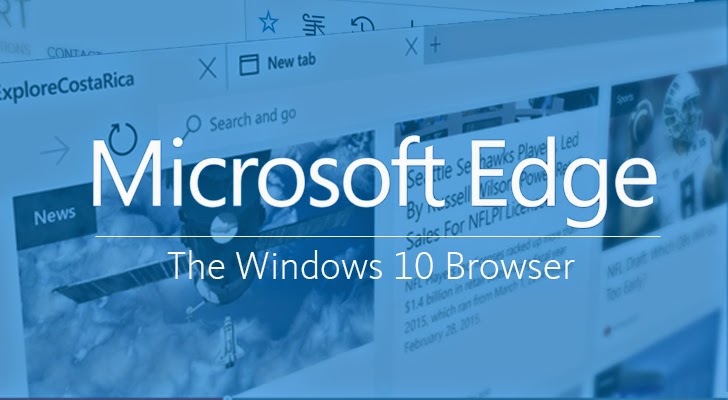A passwordless future has been at the forefront not only at Microsoft but also at various other tech companies like Google and Apple. With Web Authentication in Microsoft Edge, the company is taking a step further in achieving the future which certainly have anything but passwords. Microsoft Edge users can now sign in with their face, PIN, and even fingerprint on websites that support the Web Authentication technology.
With various methods like Windows Hello and Fingerprint which we use to log into devices and apps, it becomes cumbersome for a regular user to comprehend the distinctions and often leads to great confusion. Don’t confuse yourself With Web Authenticators and Windows Hello or Fingerprint reader. Windows Hello and Fingerprint both are a part of the authenticators. You will be using Windows Hello or your Fingerprint as a means to login to websites that require an account and password. The Redmond giant even went on to buttresses its claim to be a trailblazer when in it comes to implementing Web Authentication.
We started this journey in 2016, when we shipped the industry’s first preview implementation of the Web Authentication API in Microsoft Edge. Since then, we have been updating our implementation to as we worked with other vendors and the FIDO alliance to develop the standard. In March, the FIDO Alliance announced that the Web Authentication APIs have reached Candidate Recommendation (CR) status in the W3C, a major milestone for the maturity and interoperability of the specification.
Microsoft also claims that they are one to beat when it comes to the most complete support for Web Authentication. According to the software company, no other browser on the market supports a wider panoply of authenticators. However, the company also notes that things will only work when you visit a website that supports the technology.
